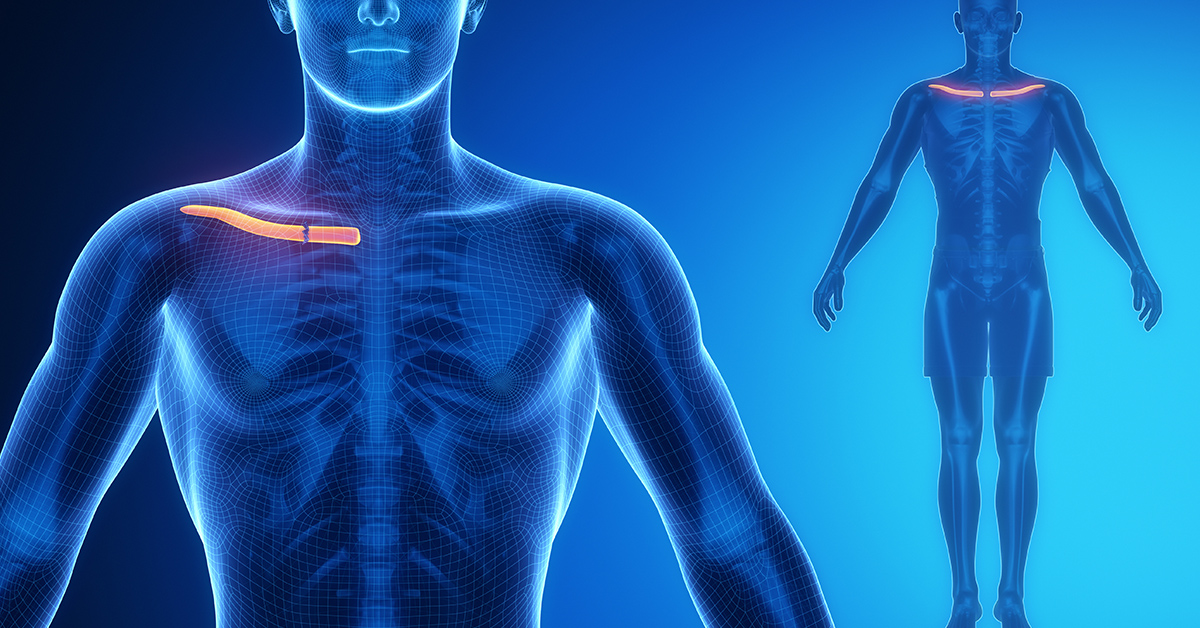There are two main ways to treat a broken collarbone, or clavicle. Check out this great piece to find out all you need to know!

What Causes a Broken Collarbone?
A broken collarbone is caused by direct injury to the shoulder as occurs in a road traffic accident or direct trauma to the bone. The fracture or break often occurs at the point at the junction of the inner 2/3rd and the outer 1/3rd of the clavicle, though it may be seen elsewhere.
A fall of a person onto their outstretched arm is another cause. This condition can also occur in babies whose bones are soft and break when they pass through the birth canal.
What are the Symptoms?
Pain is the most common symptom. The shoulder may appear misshapen and sag on the affected side. Patients find it difficult to raise the arm and find a great deal of tenderness over the site. Any movement of the arm is restricted and accompanied by a gritty sensation.
On examination, there is often an obvious deformity of the shoulder accompanied by tenderness on pressing the collarbone gently. A slight deformity may be seen which appears like a bump or irregularity.
How is it Diagnosed?
A broken collarbone is best diagnosed by an X-ray of the clavicle. This will show a clear break in the bone.
Treatment of a Broken Collarbone
There are two main ways to treat a broken collarbone.
The first way is using conservative methods. This involves offering patients an arm support that will remove any stress on the shoulder and allow the clavicle to heal. Regular pain killers such as non steroidal anti-inflammatory drugs are beneficial. Patients can also benefit from physical therapy once the bone has demonstrated sufficient healing.
In some cases, surgical treatment may be offered. This includes the insertion of metallic plates that are held together with screws. These plates are inserted after a surgical incision is made and the collarbone is clearly seen. The bones are re-positioned and then held in place using these plates. They are often kept in place and not removed, though they may be taken out if needed after sufficient healing has taken place. Risks are rare.
After Treatment
Patients usually need physical therapy to help restore full mobility of the shoulder area after the fracture has healed. This will include regular movement along with mild weight training to strengthen the muscles.


